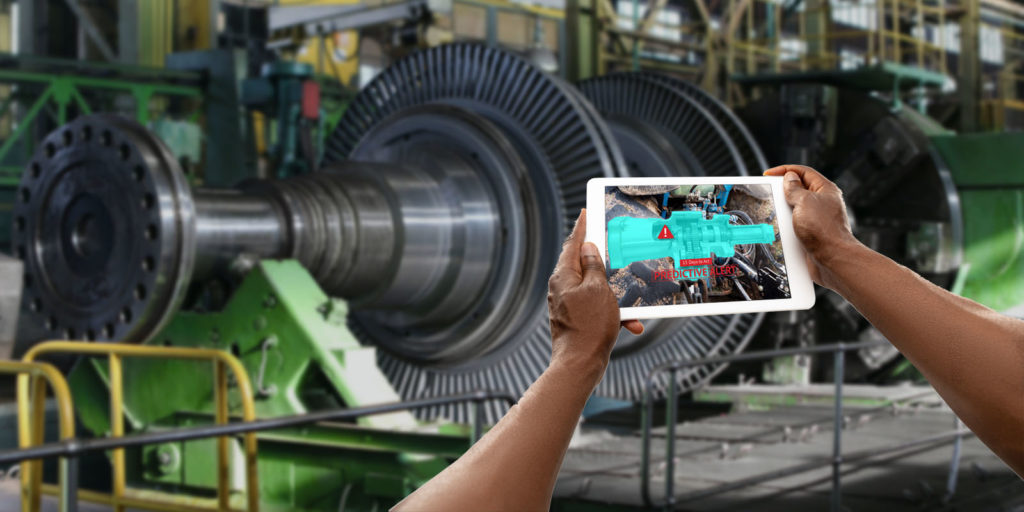Rotating machinery is a particularly fertile area for predictive maintenance and can have a significant positive impact on manufacturing and production efficiency. According to research conducted by Capgemini, almost 30% of artificial intelligence (AI) implementations in manufacturing are connected with machinery and production tool maintenance. This makes predictive maintenance the most broadly used use case in manufacturing today. In this post we consider 4 advantages of using predictive maintenance on rotating machinery in manufacturing:
1. Renders operational predictions faster and more accurate
2. It minimises downtime and maximises machinery lifespan
3. It optimises employee productivity
4. It saves costs and increases revenue
Predictive maintenance is based on the philosophy ‘if it is not broken, don’t fix it’. It uses historical data to detect trends in the behaviour of machinery and equipment to predict when it will fail. However, predictive maintenance cannot exist without condition monitoring. Condition monitoring is the continuous monitoring of rotating machines during process conditions. It ensures the best use of machines and supports predictive maintenance as it is more effective than preventive maintenance. Condition monitoring offers insight into performance, wear, and the mechanical risks of machines which helps to prevent unnecessary and unplanned downtime.
1. Renders operational predictions faster and more accurate
Applying machine learning and artificial intelligence algorithms can render operational predictions up to 20 times faster and with greater accuracy as it now relies on historical data and not human skill.
2. It minimises downtime and maximises machinery lifespan
Employing predictive maintenance to monitor machine conditions means the ability to respond more rapidly resulting in reduced maintenance costs, improved machinery lifespan and increased availability. Knowing beforehand that a machine or piece of equipment is likely going to break means maintenance can be scheduled after hours and parts can be ordered ahead of time instead of shutting down production and suffering downtime.
3. It optimises employee productivity
Considered from the perspective of the cost of labour – scheduled maintenance decreases repair time, less replacements are needed, and the frequency of repairs and callouts are drastically reduced. From an employee perspective, reduced breakdowns combined with early detection and alerts improve plant and factory conditions and reduce injuries.
4. It saves costs and increases revenue
The advantages of predictive maintenance discussed above all have the same goal: to increase the bottom-line. With decreased maintenance as well as faster and more effective repairs, repair time and costs are reduced, and revenue increased.
The most lucrative industry segments based on industry vertical are manufacturing, energy and utilities, aerospace and defence, and transportation and logistics. Due to the growing demand of power-usage analytics, energy and utilities appears to be the fastest growing segment. However, in these industry segments, the maintenance of manufacturing equipment and machinery, pumps, elevators, and industrial robots is facing multiple challenges. Predictive maintenance can be adopted to address these challenges. To give one example: Cement production plants often have kiln breakdowns because of build-up and ring failures in the clinker crusher. The kiln is a critical part that affects production and all factory elements. Using predictive maintenance, factory managers can identify build-ups in advance and adjust the kiln setting to prevent ring formation and so reduce overall downtime due to kiln shutdowns.
As the examples above demonstrate, redefining performance expectations and taking a strategic approach to automation technologies can substantially shift the economic outcome of a company’s manufacturing operations or capital projects. Manufacturers that measure their industrial projects and plant operations against these thresholds of performance typically expect no unscheduled plant or production equipment failures.
DOWNLOAD FREE GUIDE:
A disruptive approach to reducing manufacturing breakdowns by 75%





